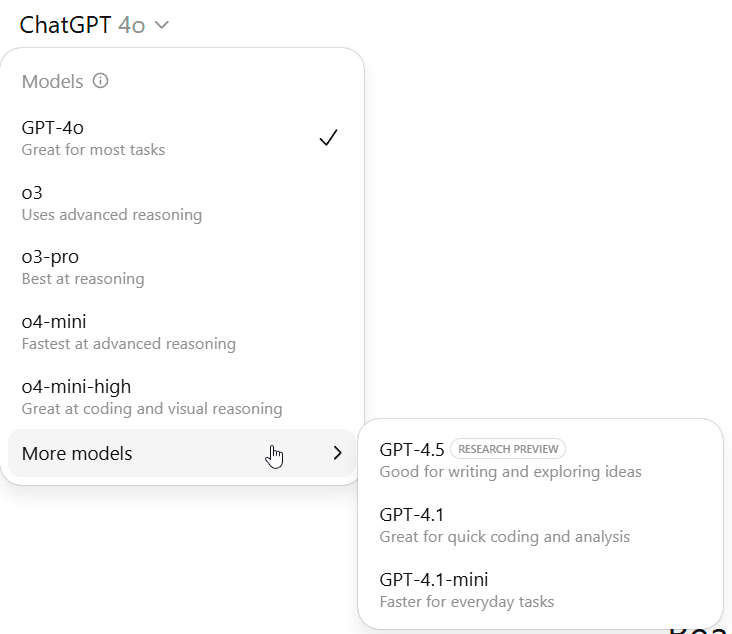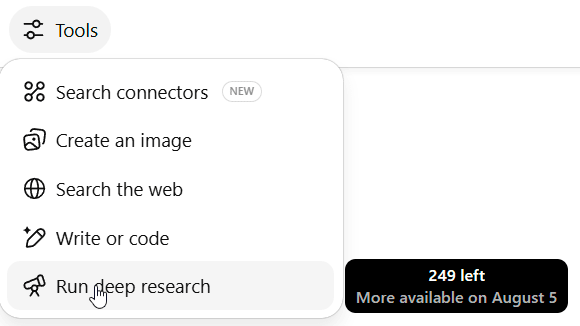
LLMs can be deeply confusing. Thanks to a commission, today we go back to basics.
How did we get such a wide array of confusingly named and labeled models and modes in ChatGPT? What are they, and when and why would you use each of them for what purposes, and how does this relate to what is available elsewhere? How does this relate to hallucinations, sycophancy and other basic issues, and what are the basic ways of mitigating those issues?
If you already know these basics, you can and should skip this post.
This is a reference, and a guide for the new and the perplexed, until the time comes that they change everything again, presumably with GPT-5.
A Brief History of OpenAI Models and Their Names
Tech companies are notorious for being terrible at naming things. One decision that seems like the best [...]
---
Outline:
(00:51) A Brief History of OpenAI Models and Their Names
(06:05) The Models We Have Now in ChatGPT
(12:23) What About The Competition?
(12:51) Claude (Claude.ai)
(14:30) Gemini
(16:03) Grok
(16:59) Hallucinations
(19:09) Sycophancy
(20:12) Going Beyond
---
First published:
July 11th, 2025
Source:
https://www.lesswrong.com/posts/5NF7DRvcLLGHn78bT/openai-model-differentiation-101
---
Narrated by TYPE III AUDIO.
---
Images from the article:


Apple Podcasts and Spotify do not show images in the episode description. Try Pocket Casts, or another podcast app.
Senaste avsnitt
En liten tjänst av I'm With Friends. Finns även på engelska.